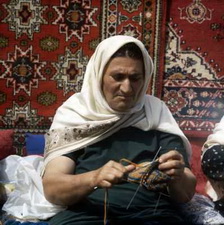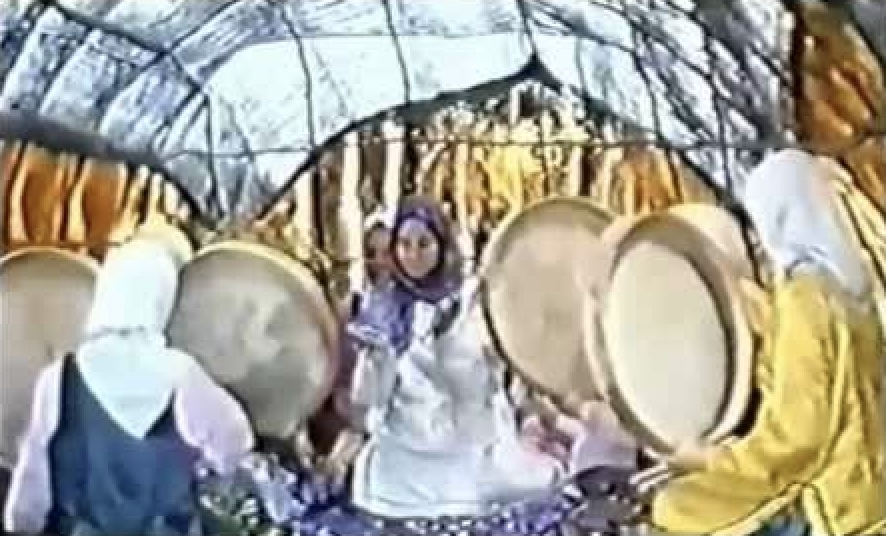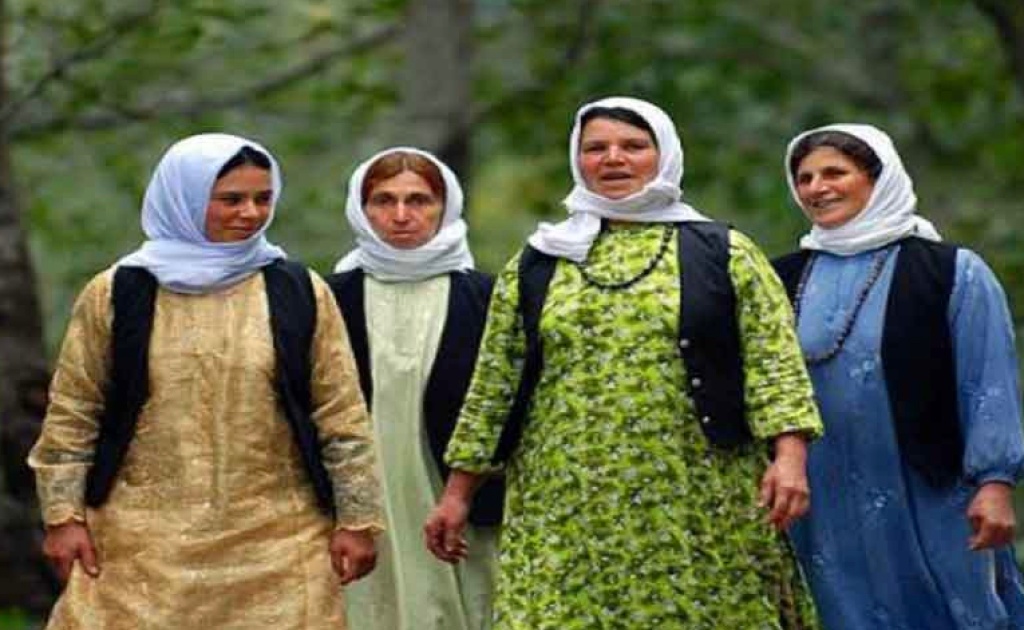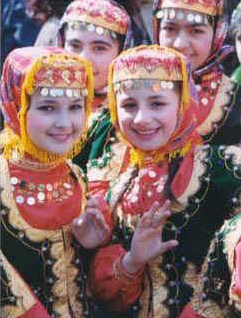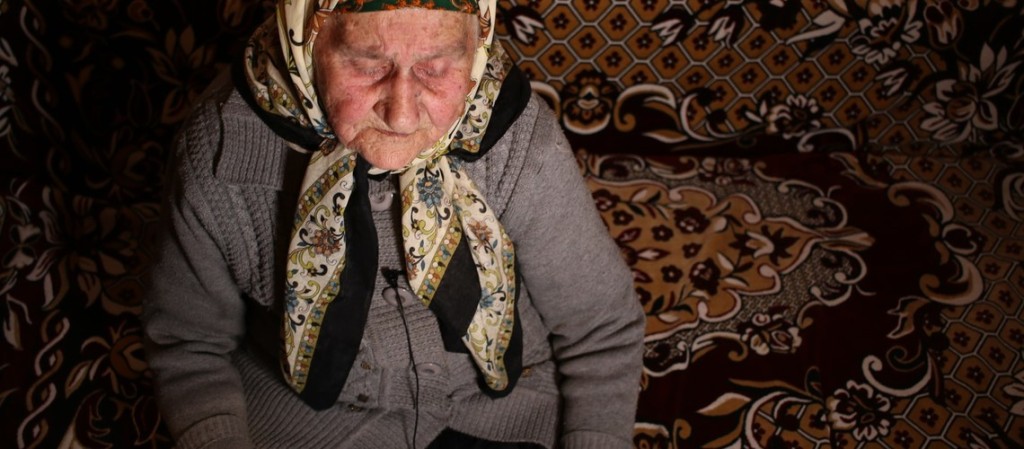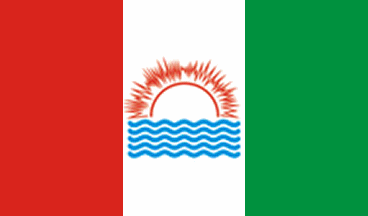The Talysh tribes (Talysh: Tolışon تالشان) are an Iranian ethnic group indigenous to the Talish region shared between Azerbaijan and Iran which spans the South Caucasus and the southwestern shore of the Caspian Sea. They speak the Talysh language, one of the Northwestern Iranian languages. It is spoken in the northern regions of the Iranian provinces of Gilan and Ardabil and the southern parts of the Republic of Azerbaijan. The areas in the Republic of Azerbaijan where Northern Talysh is spoken was historically known as Talish-i Gushtasbi. In Iran there is a Talesh County in Gilan Province. The Talyshis have traditionally inhabited the Talish district in the southwestern part of the Caspian Sea, which is usually considered to extend more than 150 km. Today, the northern part of Talish is located in the Republic of Azerbaijan, encompassing the districts of Lankaran, Astara, Lerik, Masally, and Yardimli. The southern part of Talish encompasses the western part of the Gilan province of Iran, extending to the village of Kapurchal.
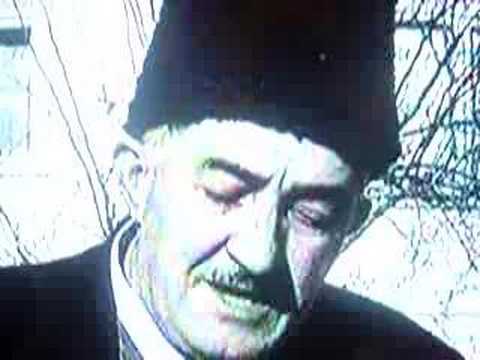
Longevity is widespread among the rural residents of the Talysh population, which is largely facilitated by the unpolluted habitat of the highlanders, moderate and often plant-based nutrition, and constant physical labor. During the expedition to the Talysh Mountains, there were no Talysh or Talysh people suffering from obesity. At the same time, the especially high life expectancy in individual families of Talysh makes us assume the presence of a genetic component of longevity. Population-genetic studies carried out in the village of Pirasora showed that none of the studied loci did not deviate from the Hardy-Weinberg equilibrium (the loci of haptoglobin HP, group-specific protein GC, transferrin TF, albumin Alb were studied). The distribution of allele frequencies in the Talysh population of Pirasora corresponds to that of Caucasoid populations. The average heterozygosity for all loci, equal to 0.17297, indicates a significant homozygosity of the Talysh population. As a result of studies, the gene frequencies of the Talysh population have shown that the genetic distance between the Talysh and Iranians of Shiraz is the smallest.

Talysh is a historical and geographical region near the southwestern coast of the Caspian Sea, an area of compact residence of the Talysh. It got its name from the ethnonym of the Talysh people inhabiting it. Talish is divided between two states: Azerbaijan (Mugan) and Iran (Gilan and Ardabil). In ancient times, Cadusii lived here (ancient Greek Καδούσιοι, Kadoúsioi, Lat. Cadusii) – a powerful Scythian tribe that was in constant enmity with its neighbors. The Cadussi lived on the western side of the Caspian Sea, south of the Aras, in the Median province of Atropatena (in the area of modern Iranian Azerbaijan and Gilan).Strabo them as a powerful mountain Scythian tribe of Gelae, fighting mainly on foot and well wielding a short sword or spear; they are excellent dart throwers; in mountainous places they fight instead of horsemen. Talysh are considered the descendants of the tribe Cadusii.
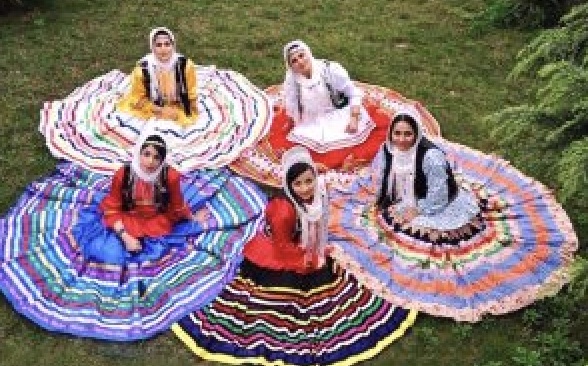
These tribes are among the most original tribes of Iran, speaking a pure Persian dialect and dwelling in the maritime provinces of Iran. Their number is dwindling, but one can still see the remnants of these stoic tribes in Tallish. Taleshian are as one of the oldest inhabitants of Caspian Sea. The word Caspian is derived from the name of the Caspi (in Farsi کاسی), an ancient people with light skin and blue eyes that lived to the west of the sea in around Talysh Mountains for thousands of years. Taleshian have lived in Talesh land in old Persia and present Iran. Taleshian religion at present is Muslim, mostly Sunni and some Shia. Taleshian speaks in Talyshi language as one of the Northwestern Iranian languages. It is spoken in the northern regions of the provinces of Gilan and Ardabil in Iran (Southern Taleshistan), and the southern parts of the Republic of Azerbaijan (Northern Taleshistan).
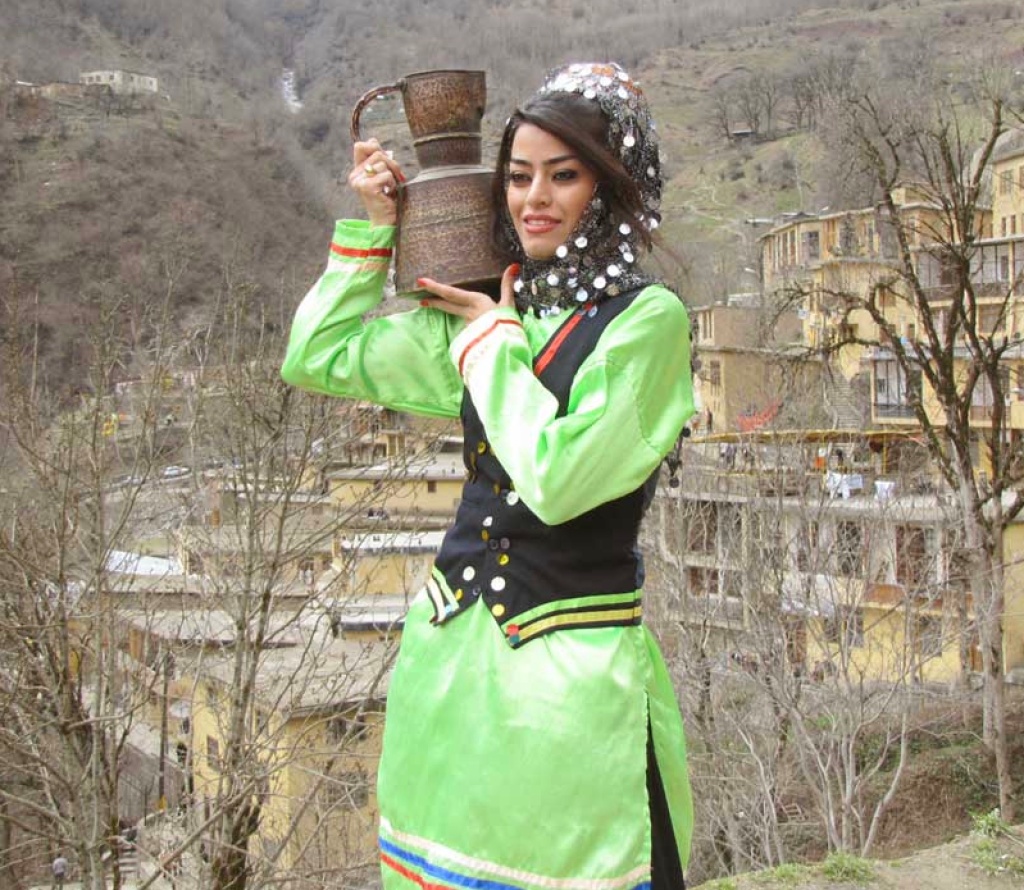
Tālīsh (Talysh: Tolış; Azerbaijani: Talış; Persian: تالش, romanized: Tālesh) is a region that stretches north from the Sefīd-Rūd river, which cuts through the Alborz mountains in Iran‘s Gilan Province, to the Aras river in the south of Azerbaijan. The region is inhabited by the Talysh people who speak the Talysh language. The territory and the language set apart Talish from its neighbors. The name is first found in the Armenian translation of the Alexander Romance as “Tʿalis̲h̲”. The Persian pronunciation of the name in plural form was “Talishan” (Persian: تالشان, romanized: Tāleshān). In the Ilkhanate times, the Ispahbads of Gilan have had a principality on the borders of Gilan and Mughan, with a fortress and villages. In later times, a local Khan had his seat at Lankaran and was subject to the Persian monarchs. Peter the Great (r. 1682–1725), Emperor of Russia, first occupied the region during 1722–1732 and then it was returned to Safavid Persia. It was again occupied by Russia in 1796 and during the Russo-Persian War (1804–1813). In 1813 after the Storming of Lankaran most parts of the region were annexed by Russia and a smaller part remained within Persia. The Treaty of Gulistan of 24 October 1813, awarded to Russia the greater part of Talish, the part north of the Astara river.
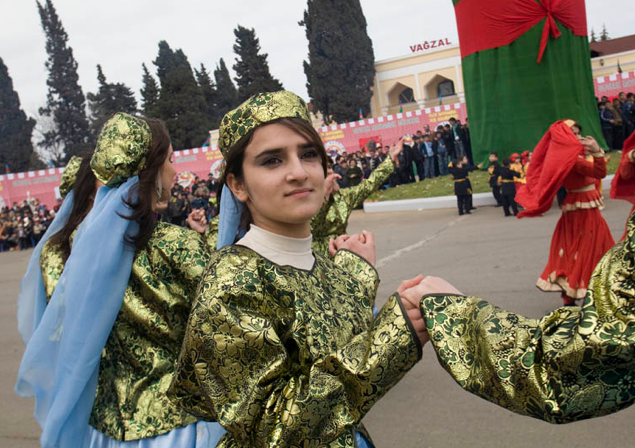
Taleshian are as one of the oldest inhabitants of Caspian Sea. The word Caspian is derived from the name of the Caspi (in Farsi کاسی), an ancient people with light skin and blue eyes that lived to the west of the sea in around Talysh Mountains for thousands of years. Taleshian have lived in Talesh land in old Persia and present Iran. Taleshian religion at present is Muslim, mostly Sunni and some Shia. Taleshian speaks in Talyshi language as one of the Northwestern Iranian languages. It is spoken in the northern regions of the provinces of Gilan and Ardabil in Iran (Southern Taleshistan), and the southern parts of the Republic of Azerbaijan (Northern Taleshistan).
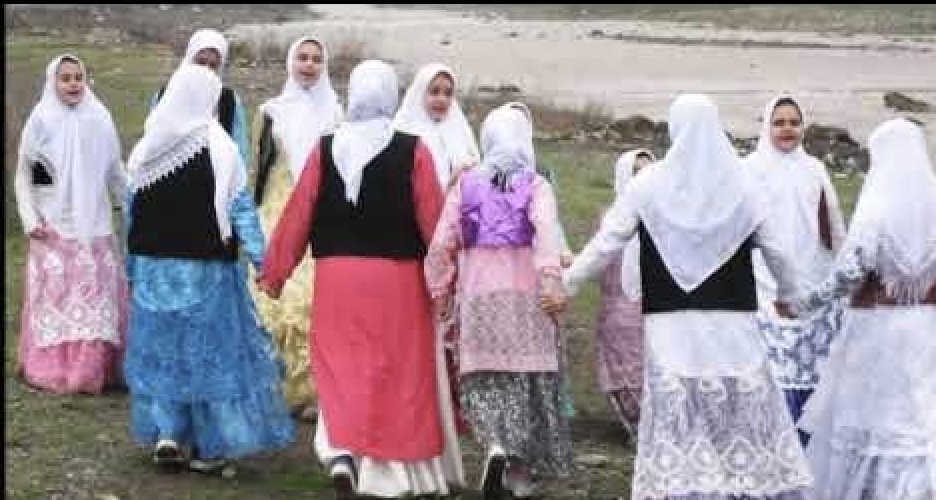
Taleshian are as one of the oldest inhabitants of Caspian Sea. The word Caspian is derived from the name of the Caspi (in Farsi کاسی), an ancient people with light skin and blue eyes that lived to the west of the sea in around Talysh Mountains for thousands of years. Taleshian have lived in Talesh land in old Persia and present Iran. Taleshian religion at present is Muslim, mostly Sunni and some Shia. Taleshian speaks in Talyshi language as one of the Northwestern Iranian languages. It is spoken in the northern regions of the provinces of Gilan and Ardabil in Iran (Southern Taleshistan), and the southern parts of the Republic of Azerbaijan (Northern Taleshistan). The geographical areas of Talesh land (Taleshistan) at present include where Taleshian people have lived for instance; in some cities in Gilan province, some cities in Ardabil province, and some cities in Azerbaijan Republic. Southern Taleshistan has been divided in two regions:
Gaskarat region: include cities such as following: Talesh, Masaal, Taskoh, Shanderman, Rezvanshar, Hashtpar, Asalem, Asttara, and rural areas of the Eastern part of Ardabil and khal-khal. Foumanat region: include cities such as following: Fouman, Masoleh, Shaft, Some’e Sara, Anzali, Kapur-Chal. There are no statistical data on the numbers of Talyshi-speakers in Iran officially, but estimates show their number to be about 690,000
The Azerbaijani’s State has also implemented a policy of forceful integration of all minorities, including Talyshi, Tat, Kurds and Lezgins.
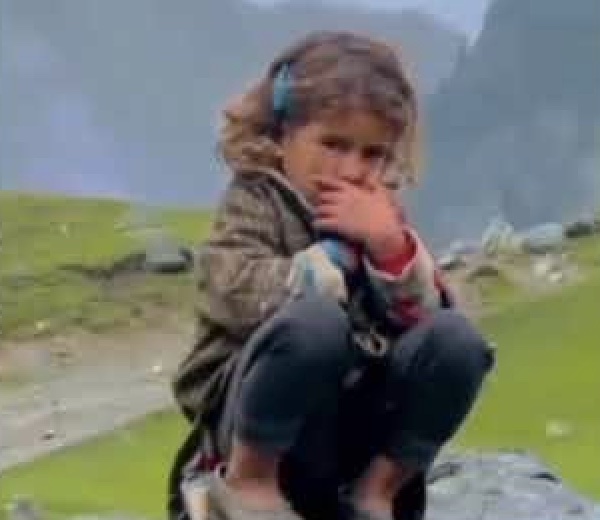
The Talysh are the descendants of an indigenous population, whose distinct ethno-linguistic identity developed over a significant period of time. Today, the Talysh are subjected to forced linguistic assimilation and cultural alignment by the Azerbaijani and Iranian Governments. Talysh human rights and political activists face strong repression by the authorities. Talyshi press and literature enjoyed free distribution until the 1930s, but Stalin-era policies resulted in Talysh nationalists being sent to gulags and the abolition of local media. The Talysh were encouraged to align themselves culturally with the Turkic traditions of the Azerbaijani SSR, a pressure which continues today under the Aliyev regime.
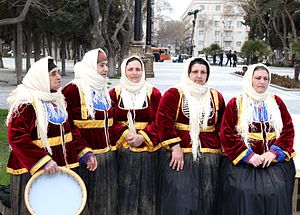
The Talysh people (Talysh: Tolışon تالشان; Azerbaijani: Talışlar; Persian: تالشان) are an Iranian ethnic group indigenous to a region shared between Azerbaijan and Iran which spans the South Caucasus and the southwestern shore of the Caspian Sea. They speak the Talysh language, one of the Northwestern Iranian languages. It is spoken in the northern regions of the Iranian provinces of Gilan and Ardabil and the southern parts of the Republic of Azerbaijan. Northern Talysh (the part in the Republic of Azerbaijan) was historically known as Talish-i Gushtasbi. In Iran there is a Talesh County in Gilan Province.
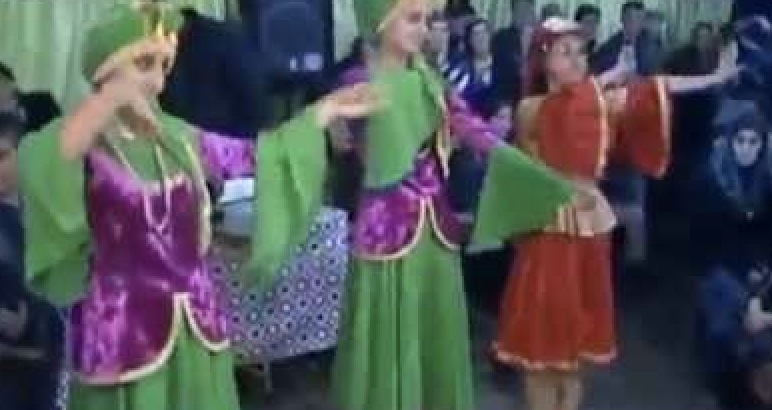
Although the Talysh try to stress their common origin and cultural heritage, the political split of the region has produced differences in their social background and accentuated linguistic diversity. Northern Talyshi, by far the most cohesive variety, is mainly spoken in the (formerly Soviet) Republic of Azerbaijan. Here the Talysh form a relevant minority community which widely uses the native language, along with Azeri, in the everyday context; the influence of Russian, still mastered by elder speakers, is declining. Northern Talyshi is to date the better-documented among the Talyshi clusters. Quite different is the sociolinguistic situation in Iran, where Talyshi dialects are much more divergent and only occasionally written down in the Perso-Arabic script. Although Persian is the only official language, Talyshi speakers are also proficient in the dominant languages of the region (Azeri and Gilaki), which appear to be increasingly preferred in daily life by younger generations. Language shift is especially evident in areas of economic interest, as shown by the obsolescence of some coastal dialects.It is thus problematic, on linguistic and historical grounds, to individuate one Talyshi language community.
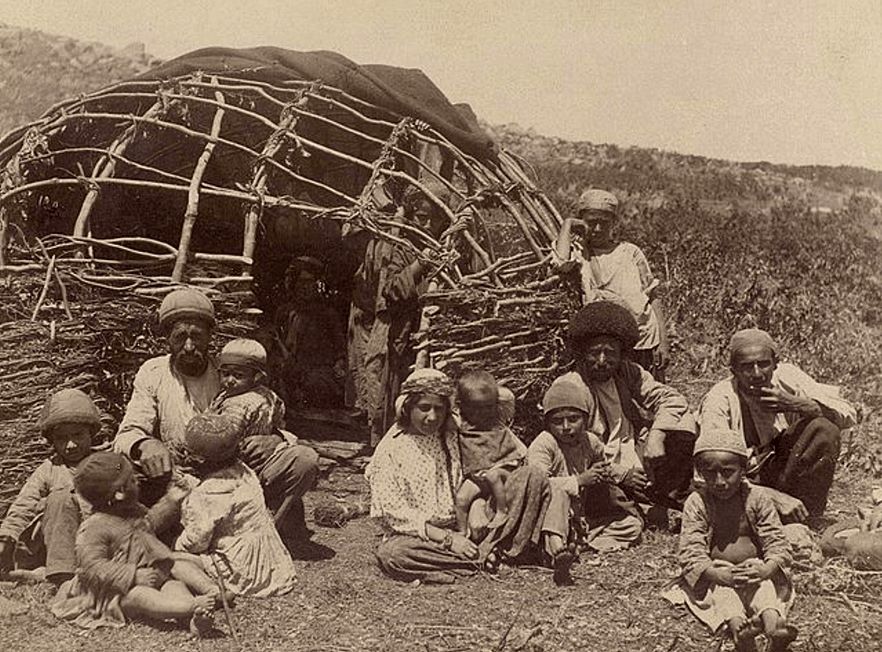
Talysh is a Northwestern Iranian language with somewhere between 900,000 to 1 million speakers and is broken into three main dialects – Northern, Central, and Southern – spoken in parts of Iran and Azerbaijan on the western shore of the Caspian Sea. Northern Talysh is spoken mainly in southern Azerbaijan and in some regions of Iran, like the Province of Gilan. The Central and Southern dialects are spoken in northern Iran. The geographical names might sound inverted (Northern spoken in the south, Southern spoken in the north) because Azerbaijan is north of Iran, so the language actually straddles the border between the two. In Gilan, Iran, the language has been influenced by the neighbouring languages of Persian, Gilaki, and Azeri. In the southern region, the Talyshi and Gilaks (the native people of Talysh and Gilaki, respectively) live next to each other, and each language has taken on aspects of the other, rather than one becoming dominant.
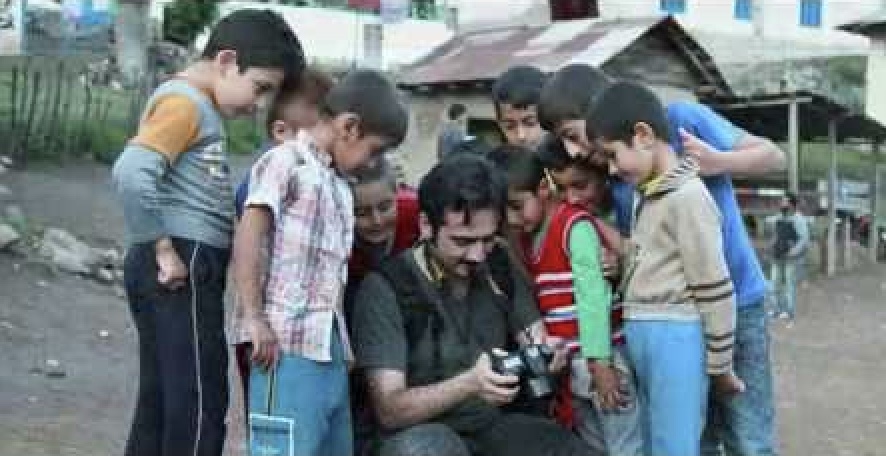
The Talysh language (Tolışi / Толыши / تالشی زَوُن) is a Northwestern Iranian language spoken in the northern regions of the Iranian provinces of Gilan and Ardabil and the southern regions of the Republic of Azerbaijan. Talysh language is closely related to the Tati language. Historically, the language and its people can be traced through the middle Iranian period back to the ancient Medes. It includes many dialects usually divided into three main clusters: Northern (in Azerbaijan and Iran), Central (Iran) and Southern (Iran). There are a wide variety of estimates for the number of Talyshi speakers with reliable estimates running anywhere from 500,000 to 1 million. Talyshi is partially, but not fully, intelligible with respect to Persian. Talysh is classified as “vulnerable” by UNESCO‘s Atlas of the World’s Languages in Danger. The origin of the name Tolish is not clear but is likely to be quite old. The name of the people appears in early Arabic sources as Al-Taylasân and in Persian as Tâlišân and Tavâliš, which are plural forms of Tâliš. Northern Talysh (in the Republic of Azerbaijan) was historically known as Tâlish-i Guštâsbi. Talysh has always been mentioned with Gilan or Muqan. Hamdallah Mostowfi writing in the 1340s calls the language of Gushtaspi covering the Caspian border region between Gilan to Shirvan is called a Pahlavi language connected to the language of Gilan. Although there are no confirmed records, the language called in Iranian linguistics as Azari can be the antecedent of both Talyshi and Tati. Miller’s (1953) hypothesis that the Âzari of Ardabil, as appears in the quatrains of Shaikh Safi, was a form of Talyshi. That was also confirmed by Henning (1954). In western literature the people and the language are sometimes referred to as Talishi, Taleshi or Tolashi. Generally speaking, written documents about Taleshi are rare.

According to a highly disputed 1926 census, there were 77,039 in the “Soviet Republic of Azerbaijan” – a fictitious country made from stolen Iranian land. From 1959 to 1989, the Talysh were not included as a separate ethnic group in any census, but rather they were included as part of the Turkic-speaking Azerbaijani’s, although the Talysh speak an Iranian language. In 1999, the Azerbaijani government again falsely claimed there were only 76,800 Talysh in Azerbaijan, but this is believed to be a gross under-representation given the political problems with registering as a Talysh. Some claim that the population of the Talysh inhabiting the southern regions of Azerbaijan is 500,000. Obtaining accurate statistics is difficult, due to the unavailability of reliable sources, due to forced assimilation by Azerbaijan in an effort to ethnically cleanse speakers of Iranian languages, such as the Talysh. Radio Free Europe/Radio Liberty have voiced their concerns about the arrest of Novruzali Mamedov, Chairman of the Talysh Cultural Centre and editor-in-chief of the “Tolyshi Sado” newspaper. He was arrested and tried in the court of ‘grave crimes,’ after the newspaper published articles showing well known Persian poet Nezami, and Iranian historical hero Babak Khoramdin as Talysh.

